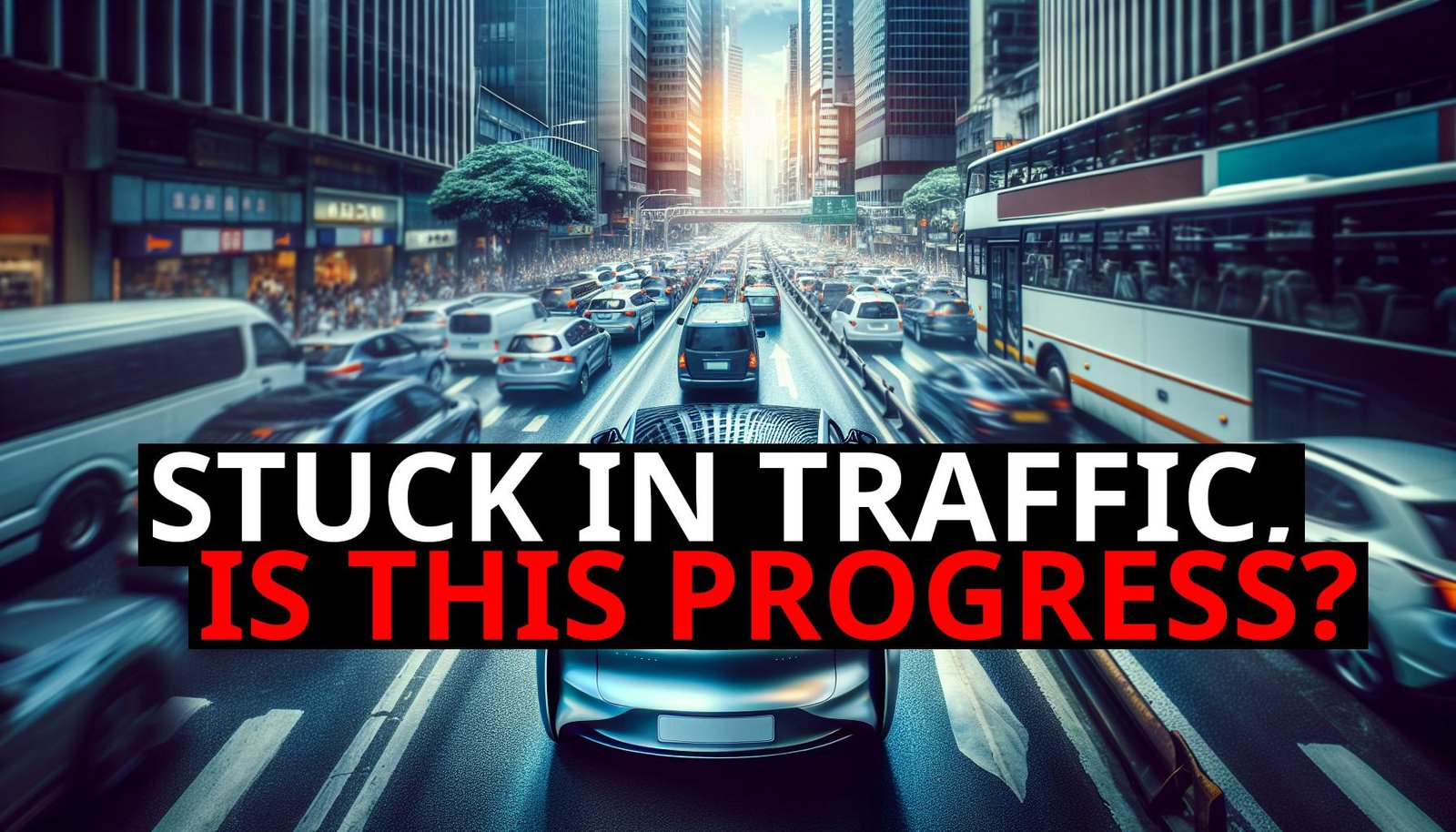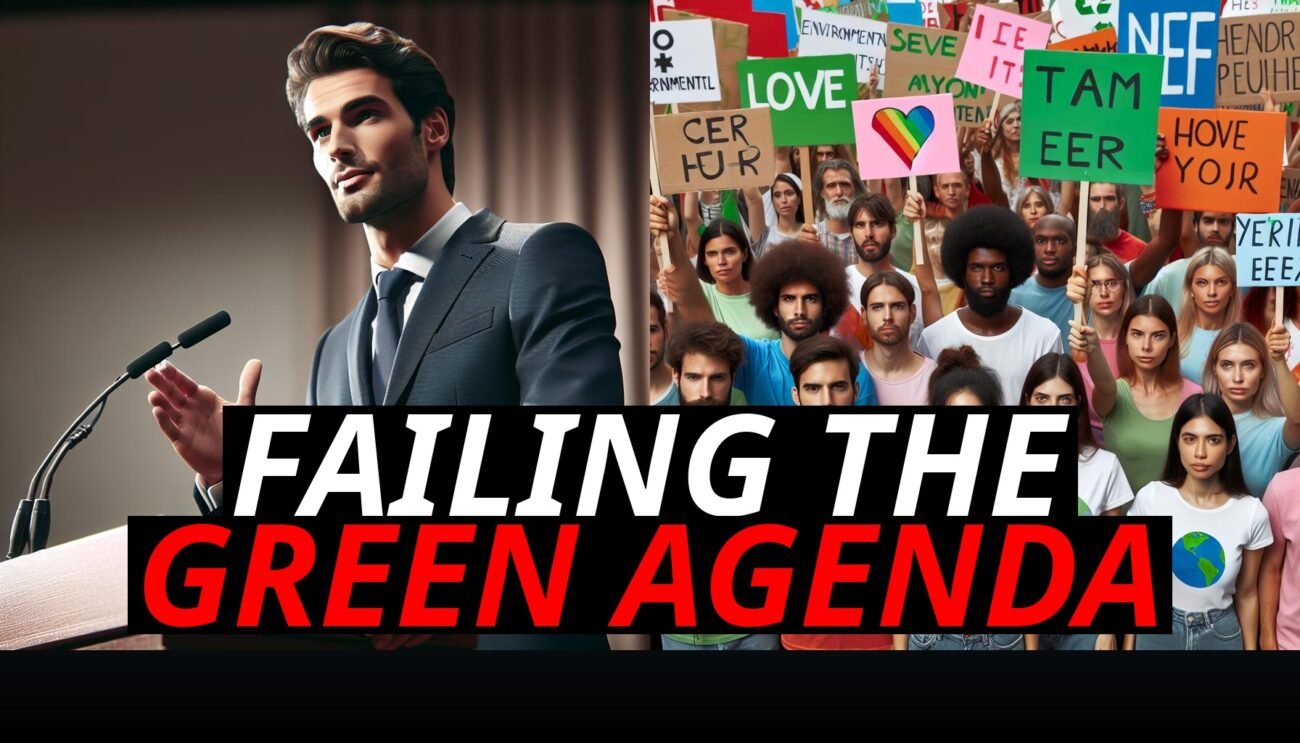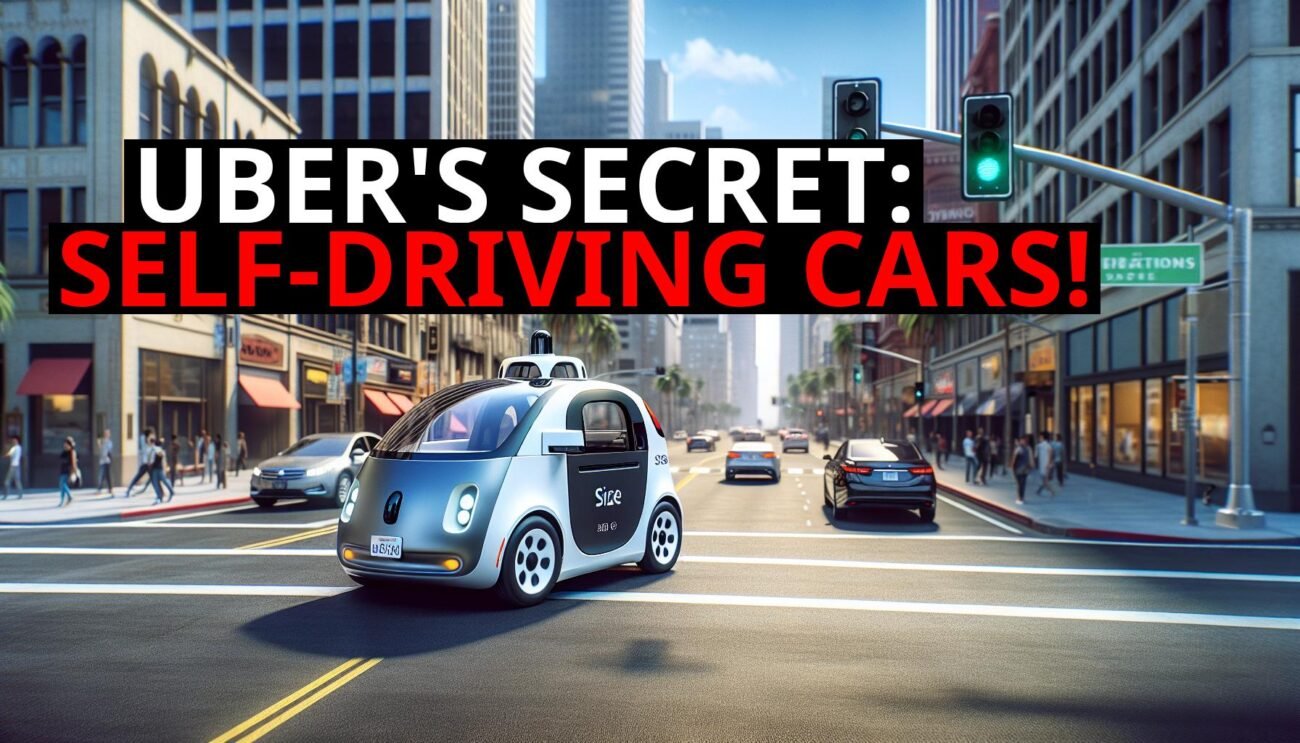The Real Impact Of Electric Cars On Traffic
What if I told you that being stuck in traffic in an electric car isn’t the progress we think it is? Imagine this: you’re creeping along at a snail’s pace in rush hour, glancing around to see rows of cars stretching as far as the eye can see. Sure, your car might be electric, but does that really make a difference? Whether you’re in an electric vehicle or a gasoline car, you’re still contributing to the same traffic congestion. Is this what progress looks like?
Electric Cars And Traffic Congestion
Electric cars are often hailed as the future of green transportation, but let’s face it – a traffic jam is a traffic jam, no matter what powers the vehicle. EVs don’t reduce the number of cars on the road. They don’t eliminate the gridlock that plagues our cities. They don’t make our daily commutes any less frustrating. So, while we might feel good about reducing emissions, we’re still stuck in the same old problem: too many cars and not enough road.
– Traffic Statistics: In cities around the world, traffic jams are a daily reality. According to INRIX, the average American spends about 99 hours a year stuck in traffic. That’s over four days of your life wasted in a metal box.
– Electric vs. Gasoline: Switching from gasoline to electric doesn’t change this fact. It’s like rearranging deck chairs on the Titanic – the ship is still sinking.
Traffic Fatalities
Electric cars also don’t address the alarming issue of traffic fatalities. The World Health Organization reports that approximately 1.35 million people die each year as a result of road traffic crashes. Electric cars may have advanced safety features, but they’re not a magic solution to the dangers of our roads. Pedestrians, cyclists, and even other drivers remain at risk. The shift to EVs doesn’t change the fact that private automobiles are a significant cause of traffic deaths.
Rethinking Transportation Priorities
If we’re serious about progress, we need to rethink our reliance on private automobiles altogether. Public transit offers a more sustainable and efficient solution. Trains, buses, and trams can move large numbers of people quickly and safely, reducing both congestion and the risk of accidents. Investing in public transit infrastructure not only benefits the environment but also enhances the quality of life in our cities.
– Benefits of Public Transit:
– Moves large numbers of people efficiently
– Reduces traffic congestion
– Lowers the risk of traffic accidents
Micromobility Solutions
In addition to public transit, micromobility solutions like bikes and scooters offer another way to reduce our dependence on cars. These options are perfect for short trips and can easily be integrated with public transit systems. By promoting biking and scooting, we can create more livable, less congested cities.
– Advantages of Micromobility:
– Ideal for short trips
– Reduces traffic congestion
– Enhances integration with public transit
True Progress In Transportation
True progress means rethinking our transportation priorities. It means investing in public transit and micromobility, not just swapping out one type of car for another. Electric cars might reduce emissions, but they don’t solve the fundamental problems of traffic congestion and road safety. We need to move beyond the car-centric mindset and embrace more sustainable, efficient, and safer modes of transportation.
What are your thoughts on the real impact of electric cars? Have you experienced the frustrations of traffic in an EV? Share your opinions and experiences in the comments below, and let’s discuss how we can create a better future for transportation. Share this article to spread awareness about the true meaning of progress in transportation.













